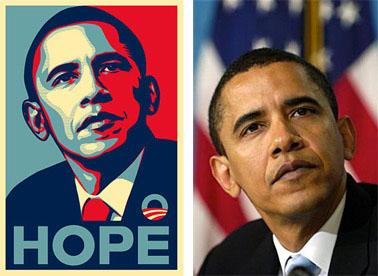
Certain artists have re-imagined the sources of artistic subject matter in the last half century, blurring the lines between high culture and common culture. One of the most recognizable and celebrated figures to do so was Andy Warhol. He created based on commercial imagery, newspaper photography and American celebrities. He implemented a process akin to commercial production, generating artwork en masse from his legendary Factory in Manhattan.

Warhol laid the groundwork for a new generation of artists to question the accepted venues for and subject matter of art. Street artists create and display their pieces in outdoor, public environments. Their methods build upon Warhol’s embrace of commercial culture in art. The artists also perpetuate the traditions graffiti artists who trace their craft back to the cave paintings in Lascaux. In addition, street artists undermine the exclusivity of viewership by exposing their work to the general public in an accessible manner.

Of these artists, Shepard Fairey may very well be the most famous. He initiated a street art movement with stickers that instructed the viewer to Obey the famous 1980s wrestler Andre the Giant. The placement, humor and ambiguity of the images, along with the creator's then-anonymity, generated insatiable interest in the stickers. Furthermore, in Fairey's own words, his endeavor highlighted “the trendy and CONSPICUOUSLY CONSUMPTIVE nature of many members of society.” The Obey movement achieved worldwide recognition and spawned Fairey’s multi-decade career.

As a young artist, do you think it is right or wrong to use appropriated imagery in your own work? What are the copyright laws governing appropriation? Do you feel that work must be viewed in a museum or a gallery for it to be considered “real” art? This webquest gives you the opportunity to investigate these issue and more!

